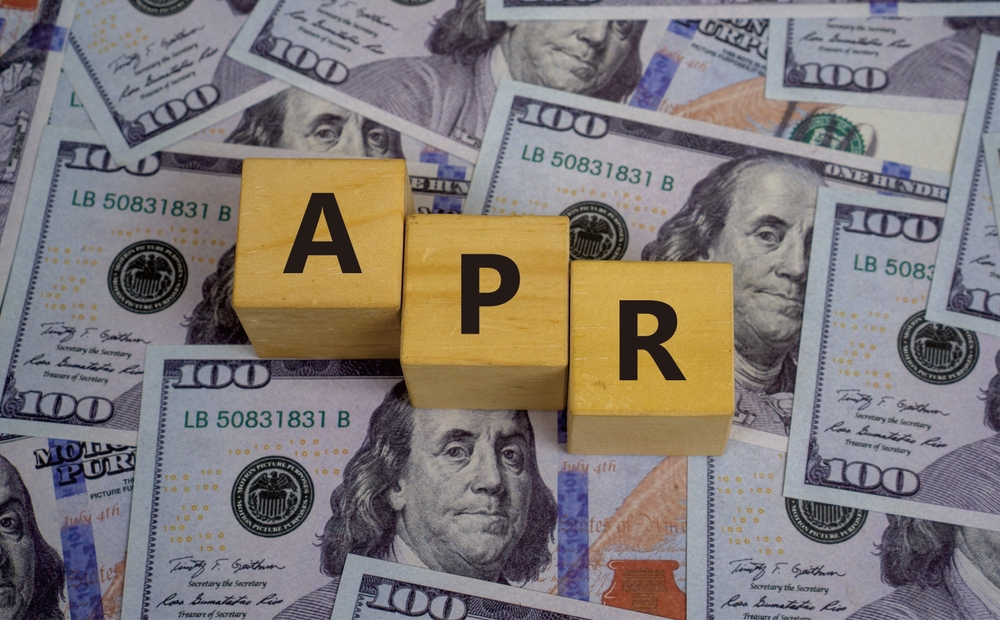If you’ve started shopping for a home—or even just poked around a mortgage calculator—you’ve probably come across two terms that sound suspiciously similar: interest rate and APR.
While they may seem interchangeable at first glance, they’re actually very different, and understanding both could be the key to choosing the right mortgage loan and saving thousands of dollars in the long run.
Think of it like this: your interest rate tells you how much it’ll cost to borrow money on a daily basis, while your APR gives you the big-picture view—including all the hidden extras lenders might tuck into the fine print. In this article, we’ll break down both terms in detail, explain why the difference matters, and give you the tools to compare loans like a pro.
What Is an Interest Rate?
The interest rate is the base cost of borrowing money. It’s the percentage your lender charges annually on the amount you borrow. For example, if you take out a $700,000 mortgage with a 6% interest rate, that 6% is the cost to borrow that money—paid back over time through your monthly mortgage payments.
Interest rates don’t include any fees, taxes, or additional loan costs. They only represent the cost of the borrowed principal. This means that when you look at an interest rate alone, you’re not getting the full story of what the loan is actually going to cost you over time.
What Is APR (Annual Percentage Rate)?
The APR—short for Annual Percentage Rate—paints a broader picture. It includes the interest rate plus many of the additional fees and costs associated with securing the loan. These can include:
- Origination fees
- Discount points
- Mortgage insurance premiums
- Underwriting and processing fees
- Some closing costs
Because it accounts for more than just the interest, the APR is usually higher than the interest rate. It’s designed to help borrowers understand the true cost of borrowing when comparing loan offers from different lenders.
Why the Difference Matters
If you only compare interest rates, you might miss some important financial details that could cost you down the line. One lender might offer a slightly lower interest rate but tack on higher upfront fees, while another lender might offer a slightly higher interest rate but fewer fees. The APR reveals these differences and helps you compare loans apples to apples.
Let’s look at a simplified example:
- Loan A: Interest Rate = 5.9%, APR = 6.4%
- Loan B: Interest Rate = 6.1%, APR = 6.2%
At first glance, Loan A seems more attractive because of the lower interest rate. But the APR tells a different story. Despite having a higher interest rate, Loan B may actually be the better deal overall due to lower fees and closing costs. That’s why it’s important to always look at both numbers.
Read More: What Is an Earnest Money Deposit? A First-Time Homebuyer’s Guide
How APR Is Calculated

APR is calculated using a specific formula that considers the loan amount, the interest rate, and all applicable fees spread out over the life of the loan. The idea is to give borrowers a more complete understanding of what they’re paying each year—not just in interest, but in all the other expenses bundled into the loan.
Here’s a simple breakdown of how that might work in practice: Imagine you’re taking out a $550,000 mortgage with a 6% interest rate, and you’re paying $7,500 in closing costs. The APR takes those costs and spreads them out over the 30-year life of the loan, then calculates what percentage that adds to the base interest rate. So your APR might end up being 6.3%, giving you a clearer idea of the total borrowing cost.
Which One Should You Pay More Attention To?
In short: both. Your interest rate directly impacts your monthly mortgage payment, so it affects your day-to-day budget. But your APR tells you what you’re paying over the long haul—including the less-visible fees that add up over time.
If you’re planning to stay in your home long-term, APR becomes even more important. A slightly higher interest rate with a lower APR may be a smarter choice in the long run. On the other hand, if you plan to sell or refinance in a few years, the interest rate might matter more, because you’ll pay off the loan before the long-term APR impact catches up with you.
APR Limitations to Be Aware Of
While APR is a helpful tool, it’s not perfect. It assumes you’ll keep the loan for the entire term—usually 15 or 30 years—which isn’t always the case. If you move, sell, or refinance early, the costs factored into the APR might not fully apply to your situation.
Also, not all fees are included in APR calculations. For example, appraisal fees, title insurance, and some other third-party costs might not be included—so always ask your lender for a Loan Estimate that breaks down every individual charge before you sign anything.
Tips for Comparing Loans

- Always look at both the interest rate and the APR side by side.
- Ask for a Loan Estimate from each lender so you can see a full fee breakdown.
- Pay attention to how long you plan to stay in the home—short-term and long-term costs matter.
- Don’t be afraid to ask your lender for clarification if something doesn’t make sense. That’s what they’re there for!
And of course, your real estate agent is also a great resource for helping you connect with trustworthy lenders who will walk you through each step of the process clearly and transparently.
Final Thoughts
Understanding the difference between interest rate and APR is more than just a financial footnote—it’s a key part of making an informed, confident decision about your home loan. While the interest rate gives you a quick look at how much you’ll pay each month, the APR provides a more comprehensive view of the loan’s total cost.
As you explore your mortgage options, don’t hesitate to ask questions. Speak with your lender and your real estate agent to make sure you understand every piece of the puzzle. And if you’re still unsure, feel free to check out some of the other articles on our site. We’ve got plenty of resources to help you navigate everything from loan types to closing day tips—and beyond!
Read More: What is PMI? A Beginner’s Guide to Private Mortgage Insurance

